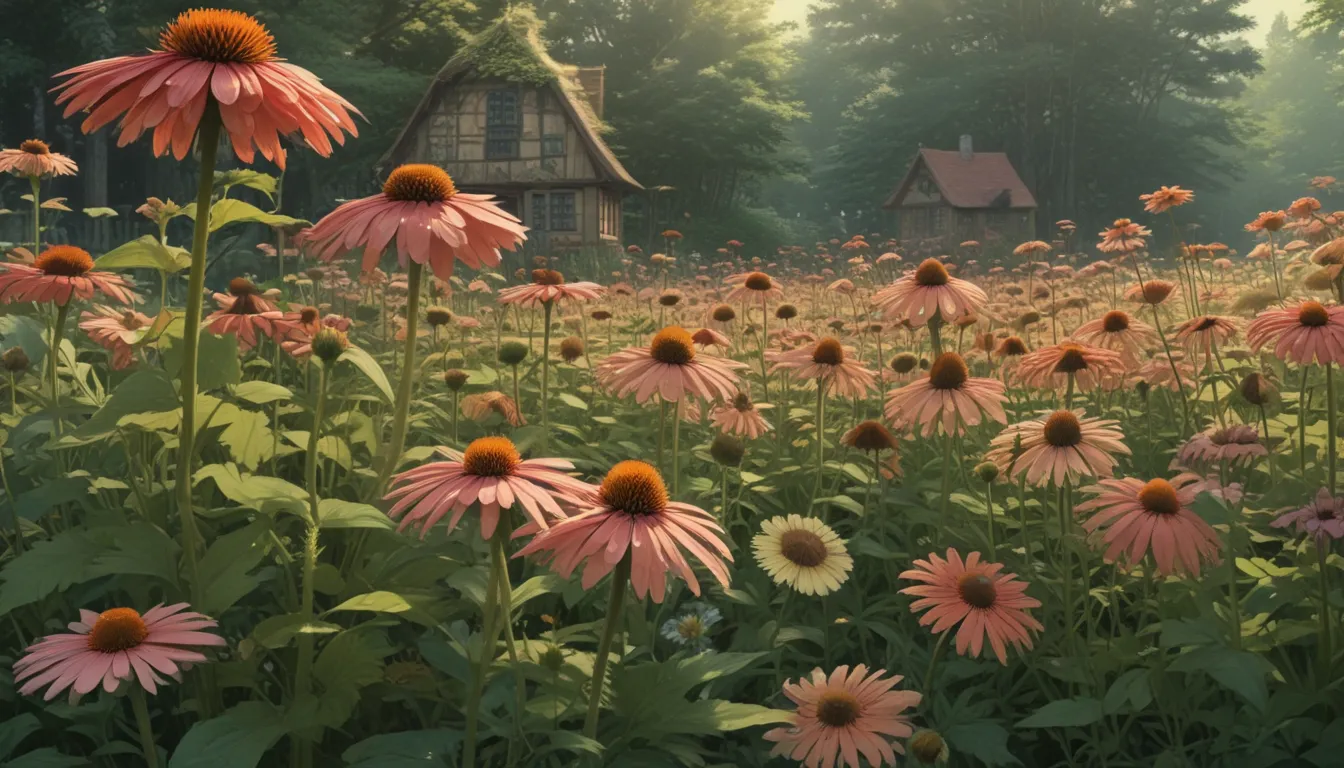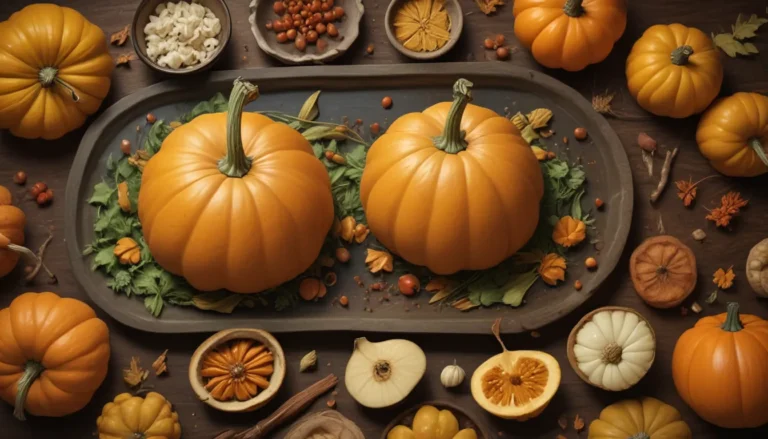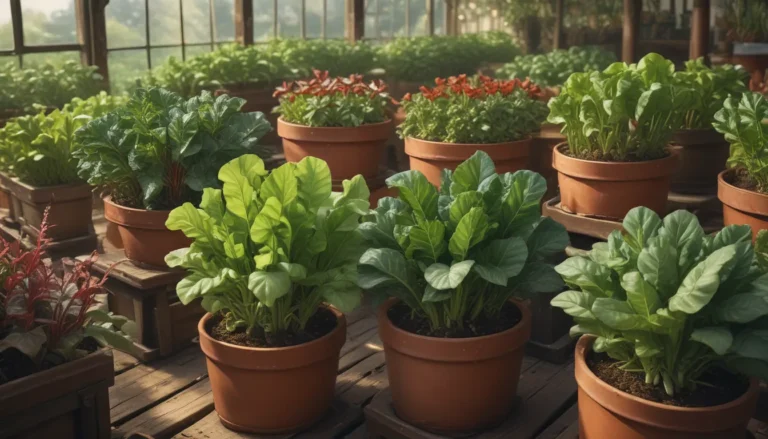How to Grow and Care for Coneflowers: An American Beauty

Coneflowers, also known as Echinacea, are a true triple threat in the world of gardening. They not only bring beauty to your garden but can also be used for food and medicine. With their unfussy nature, it’s no wonder they have become a favorite perennial across the country.
The Native American Favorite
Native to the plains region, coneflowers are a true American original. They can be found growing wild everywhere east of the Rockies, except for New Hampshire and Vermont, and they are cultivated from coast to coast. From simple blossoms in white, pink, yellow, and purple to showy double blossoms in a multitude of colors, coneflowers have come a long way.
The Botanical Beauty of Coneflowers
Plants in the Echinacea genus are part of the Asteraceae family, also known as Compositae. The name Echinacea is derived from the Greek word echinos, meaning hedgehog, which reflects the spiky cone at the center of the petals.
The leaves of coneflowers are lance-shaped and stiff, covered in fine, stiff hairs. The flowers are actually a cluster of individual blooms made up of ray and disc florets. The colorful ray florets attract pollinators, while the disc florets give the plant its hedgehog-like appearance.
Cultivation and History
Coneflowers are an easy-to-care-for plant that prefers full sun but can tolerate partial shade. They grow well in a variety of soil types and are quite resilient to environmental conditions. Moisture is key, with plants needing about an inch of water per week.
In terms of propagation, coneflowers can be grown from seed, nursery starts, stem cuttings, or by division. From seed, coneflowers require a depth of 1/8 inch and a germination period of 15-30 days. Division is best suited for smaller plants, while stem cuttings can be taken in the spring.
Growing Tips
Here are some essential tips for growing healthy and vibrant coneflowers:
- Plant in full or partial sun.
- Provide an inch of water a week.
- Soil should be well-draining.
Maintenance
Coneflowers are relatively low-maintenance plants that don’t require regular deadheading or pruning. However, side dressing with compost or manure once a year can help support healthy growth. Dividing mature plants is optional but can be done to create new clumps.
Coneflower Cultivars to Select
When selecting coneflower cultivars, there are many options to choose from. Popular cultivars like ‘Magnus’, ‘Pink Double Delight’, and ‘White Swan’ offer a range of colors and flower forms to suit any garden aesthetic. Earthbeat Seeds and Nurseries like Nature Hills Nursery and Burpee offer a variety of coneflower seeds and plants to choose from.
Managing Pests and Disease
Coneflowers are generally resistant to pests and diseases, making them an ideal plant for low-maintenance gardens. However, common pests like aphids, leafhoppers, and Japanese beetles can occasionally be found on coneflowers. Diseases like aster yellows, fusarium blight, and powdery mildew may also affect plants. Proper garden hygiene, using beneficial insects, and applying organic fungicides can help manage pest and disease issues.
Best Use for Echinacea Plants
From garden beds to containers, coneflowers are versatile plants that can be used in various settings. They pair well with ornamental grasses, salvia, and other daisy family members. Coneflowers also make excellent cut flowers and can be used for medicinal purposes. Harvesting roots and seed heads can be done for tinctures, teas, and other medicinal preparations.
Conclusion
In conclusion, coneflowers are a wonderful addition to any garden with their vibrant colors, long blooming season, and multiple uses. Whether you’re a novice gardener or a seasoned pro, growing coneflowers can be a rewarding and enjoyable experience. With their resilience, beauty, and versatility, it’s no wonder why coneflowers have become an American garden favorite.
So, why not add a splash of Americana to your garden with these beauties? Let us know in the comments if you’re growing coneflowers or share a picture of your vibrant blooms!





